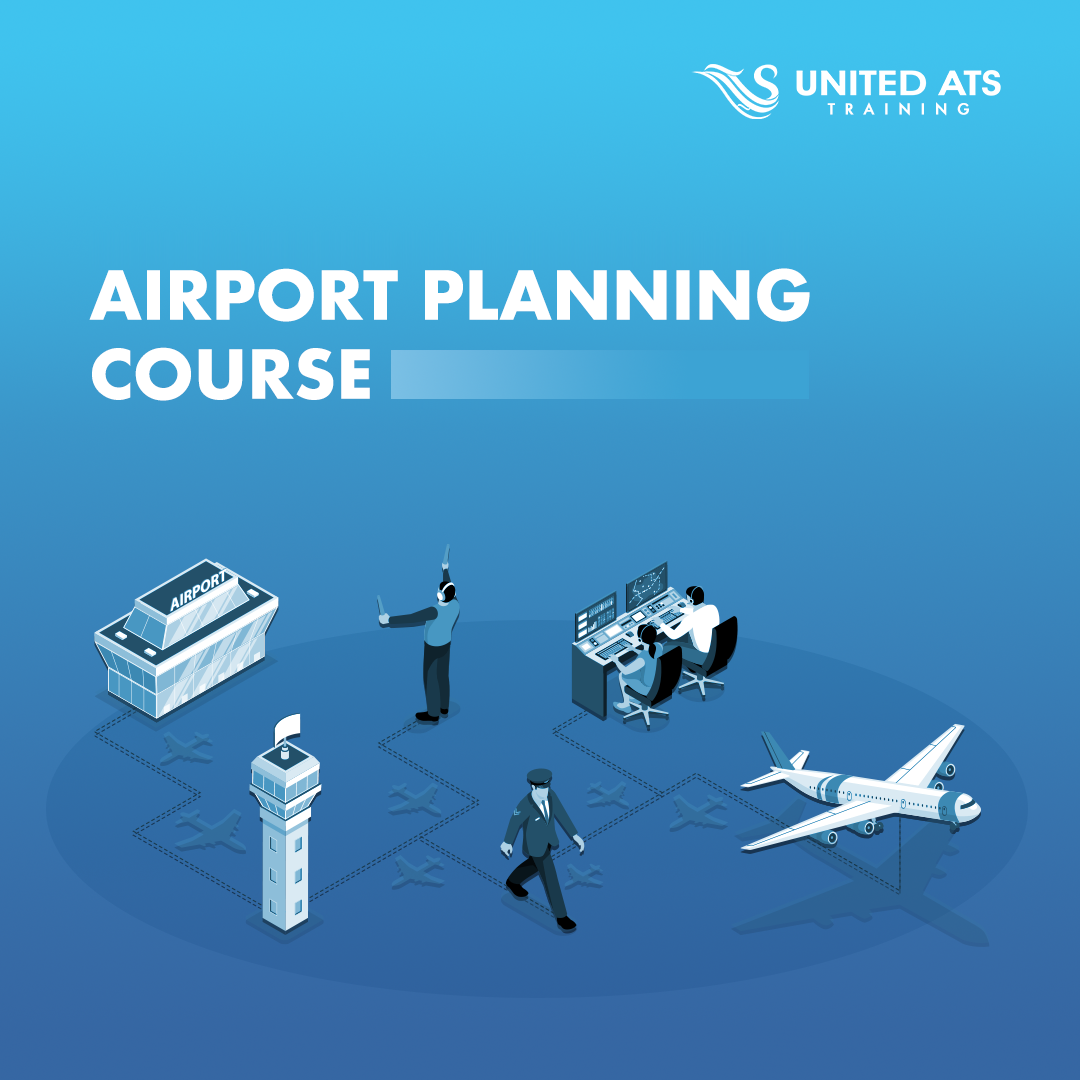
Airport Planning
Introduction
This cours covers the basic concepts and steps involved in planning of the airport , participants will be taught the phases of the planning process based on ICAO SARPS
Objectives
By the end of this course, participants will be able to:
- Conduct airport system plan to meet the needs of the region.
- Define the levels of plans.
- Conduct airport master plan. (learning outcome)
- Recall the elements of airport master plan.
- Conduct capacity analysis.
- Identify the airport facilities requirements.
- Identify the potential airspace limitations.
- Assess the factors that influencing the selection of the airport location.
- Assess the factors that influencing the airport size.
- Conduct land-use planning.
- Evaluate the environmental potential effects.
- Conduct economic and financial feasibility for the alternative plans.
- Explain the guidelines for the structure of the master plan.
- Assess the factors that the airport layout depends on.
- Identify the requirements data for master planning.
- Explain the importance of continuous airport system planning.
- Differentiate between PRACTICAL CAPACITY and ULTIMATE CAPACITY.
- Recognize the components of the airfield.
- Consider the relationship between capacity, demand, and delay.
- Assess factors that affect capacity.
- Evaluate factors that affect maximum number of aircraft operations.
- Determine runway capacity.
- Calculate the annual aircraft delay.
- Review the annual service volume that used as a reference in preliminary planning.
- Estimate the procedures for annual service volume.
- Evaluate gateway capacity.
- Review the arrangement of runways and taxiways.
- Assess deferent types of the runway configurations.
- Evaluate the runway configuration summary.
- Verify the design of holding aprons.
- Explain the relationship between the terminal area and runways.
- Conduct wind analysis and wind rose calculation.
- Test and judge the requirements of obstruction.
- Identify the taxiway system.
- Evaluate the highest point on landing area according to sea level.
- Select airport reference point.
- Consider the factors that affects air traffic calculations.
- Assess the capacity driver factors.
- Calculate FIR airspace capacity.
- Consider capacity analysis in establishing halls buildings terminals.
- Use the statistical estimations & specification of trend curves to forecast (future traffic).
Who Sould Attend
- Airport managers
- Airport engineers
- Aerodrome quality and compliance managers
- Airport supervisors
- Civil engineers, architects and other contractors
- Managers of civil aviation authorities
Course Content
- Module 1: Civil Airport Planning
- Module 2: Airport Capacity Analysis Purposes
- Module 3: Configuration
- Module 4: Introduction to Forecasting Analysis
- Module 5: Landsite
- Module 6: Master Planning
- Module 7: Annex 14 & OLS
Prerequisite
Annex 14 V 1
